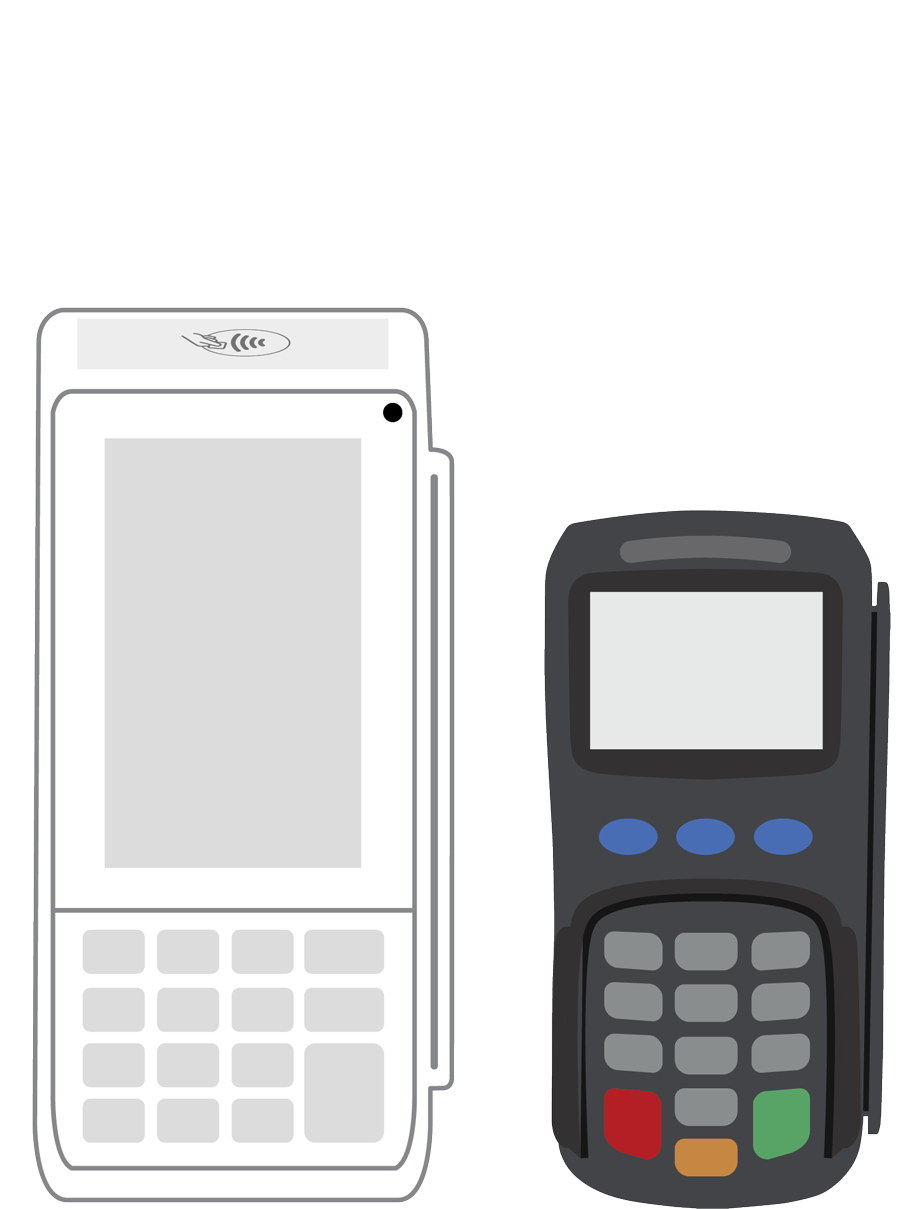How to keep up with consumer buying trends during the pandemic (infographic).

For retailers both large and small, it is challenging to remain solvent during these turbulent times. As the pandemic wreaks havoc with the behaviors and preferences of shoppers, sellers must adapt. Here are just some of the ways they are pivoting.
Social listening involves making a commitment to enhancing awareness of consumer likes, dislikes, and behaviors. Entrepreneurs who wish to remain in the know must actively participate in social media by first launching their own dynamic branded pages on sites such as Instagram, YouTube, and Pinterest, and then making regular updates. These platforms allow for dynamic conversations between company representatives and consumers, their most valuable commodity. Another aspect of social listening involves analyzing trends, paying attention to what people are searching for, and talking about (and pivoting to) products and services to fulfill consumer desires.
When current and potential customers put forth an opinion on a company’s social media page, there should be someone who is explicitly in charge of hearing what they have to say and responding quickly. If the visitor expressed a positive point of view, it should be celebrated, whereas complaints or concerns should be addressed immediately, publicly, and effectively. When visitors see that a business has reacted instantaneously and visibly, they will recognize a company’s commitment to meeting their customers’ needs and addressing their concerns.
When a business operates in the realm of social media, it is representing its brand. Now more than ever, a retailer’s brand identity is vital since it represents the way the enterprise views its products, treats its customers, and interacts with the wider world. Whether a business is presenting content, images, or testimonials on its own page, or on a supplemental social media platform, the brand message should be uniform and unambiguous. People like to know exactly what they are getting and who they are doing business with, particularly when it comes to where they are spending their hard-earned dollars.
As the pandemic wears on, consumers are becoming quite accustomed to working, learning, and even socializing via virtual platforms like Zoom. Since they are much more used to the concept, now is the time to incorporate the same technology into the way your company is selling its products. Don’t wait until everyone feels safe coming into a physical store. Instead, train your staff to conduct face-to-face virtual sales meetings in which they demonstrate products and answer customers’ questions.
The truth is that your competitors are doing one of two things: They are either innovating or struggling. If you want to fall into the former category, give your systems the upgrade they so desperately need. Ensure that your buyers’ shopping experiences are as transparent and streamlined as possible, and take time to bolster your security. In order to cultivate that all-important buyer-seller relationship, consider investing in a live chat service that enables guests to ask questions about products and shipment times. Many can be answered without any extra work on your part, with the more complex inquiries directed right to you for immediate attention.
Your point-of-sale system is packed with useful software that can help you to communicate with customers, generate employee reports, and manage inventory. In addition, you can harness it to generate sales reports for specific time periods. Gauge how your business and the behaviors of your customers have changed as a direct result of COVID-19 by creating spreadsheets that show how sales have fluctuated over the past few months. For example, what were people buying in September 2020 as compared to similar behaviors in 2019? The data this investigation reveals can point you toward your next leap into future marketing campaigns and sales gimmicks.
Payment reporting tools such as those available from Payanywhere can also provide enlightenment into the buying behaviors of your customers. What they are willing to spend their dollars on during a pandemic will shine a light on what they will buy as it continues and even once it recedes. This is particularly true of new customers who have been introduced to your business for the first time this year.
Important consumer trends from Covid-19.
A significant minority of Americans (14 percent) have embraced technology to the extent that they have bought into virtual experiences such as concerts, plays, and museum tours that they would have normally attended in person. This behavior emphasizes how important it is for businesses to jump on the virtual bandwagon to provide online product experiences for their customers.
Companies such as Uber and Instacart have developed legions of new fans as consumers demonstrate their preference for safe, contactless product acquisition. This trend also extends to curbside pickup options in which buyers make their purchases in advance online or by phone, and then retrieve their items in the store’s parking lot.
In addition, consumers are stepping up to support small stores and micro-businesses in their towns and cities, recognizing that the owners of these operations do not have resources as extensive as the large corporations.
More than half of the buyers surveyed have shifted to the internet to make their purchases. The expanded product delivery options provide these consumers with choices.
Embed This Infographic
Copy and paste the code below to get this infographic onto your website or blog.
More from Business tips
 3-in-1 Reader |  Terminal |  Keypad |  PINPad Pro |  Flex |  POS+ | |
|---|---|---|---|---|---|---|
Payment types | ||||||
EMV chip card payments (dip) | ||||||
Contactless payments (tap) | ||||||
Magstripe payments (swipe) | ||||||
PIN debit + EBT | ||||||
Device features | ||||||
Built-in barcode scanner | ||||||
Built-in receipt printer | ||||||
Customer-facing second screen | ||||||
External pinpad | ||||||
Wireless use | ||||||
Network | ||||||
Ethernet connectivity | With dock | |||||
Wifi connectivity | ||||||
4G connectivity | ||||||
Pricing | ||||||
Free Placement | ||||||